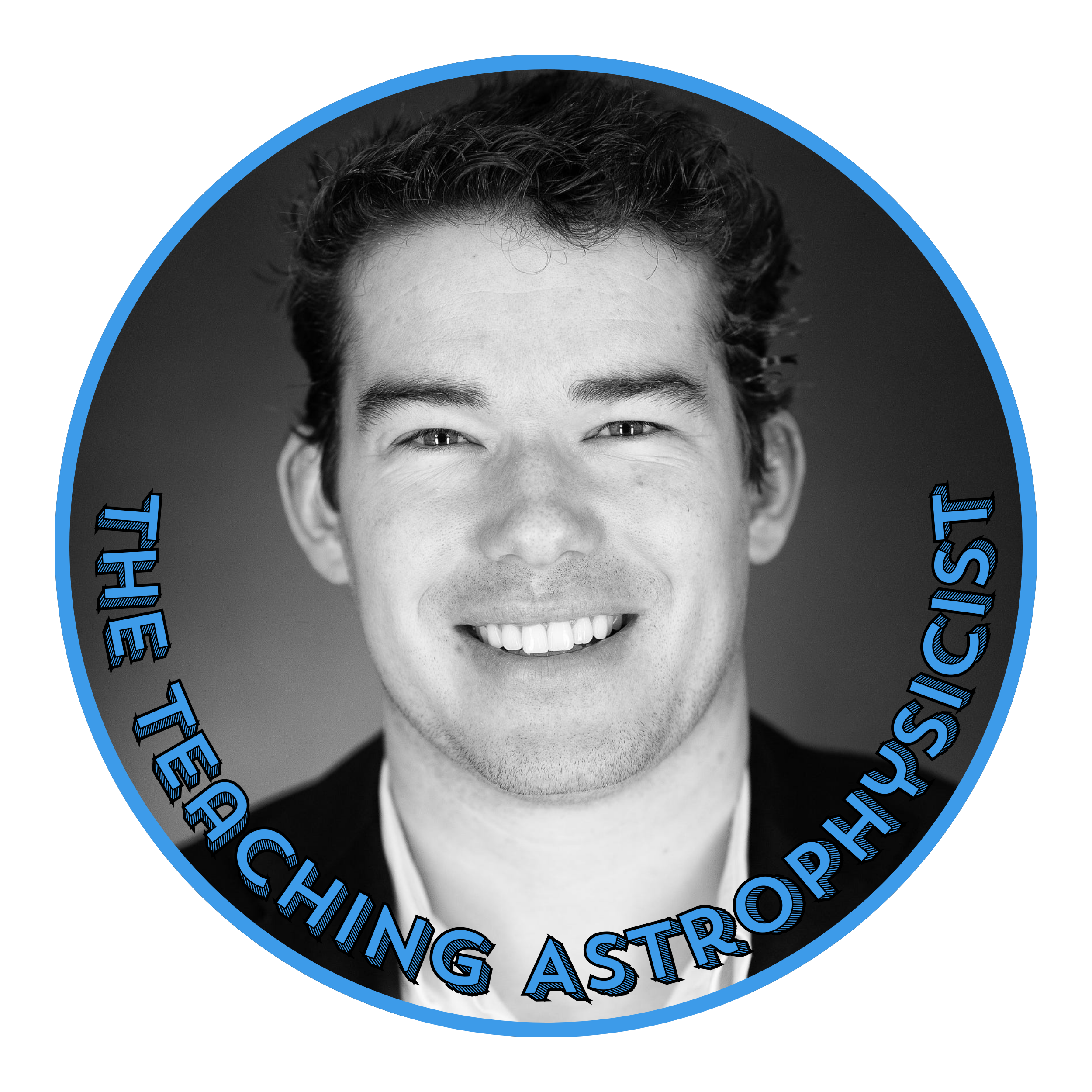$5
Black Holes | Critical Thinking Framework 4 Level Scaffold | Space Science
Studying black holes through a four level critical thinking framework turns a high interest astronomy topic into rigorous, evidence based learning for grades 6 to 12. Starting with core ideas like gravity, event horizons, and accretion disks, students could progress to analyzing images, light curves, and simple simulations, then compare competing explanations for jets, mergers, and gravitational waves depending on how you structure this flexible resource. The scaffold includes a completed exemplar and 9 step, 6 step, and 3 step versions that guide learners to form questions, analyze reasoning, identify limitations, and present claims with evidence, aligning naturally with NGSS practices in modeling and data use. This structure fits guided inquiry, stations, group discussion, reflection journals, peer teaching, and rubric based assessment, so classes move from vocabulary to authentic problem solving. The result is a flexible resource that builds science literacy and quantitative thinking while helping students explain how extreme gravity shapes galaxies and what observations can reveal about objects we cannot see directly.
Learning about black holes through a critical thinking framework helps middle and high school students develop analytical reasoning skills while exploring real-world space science concepts. By examining the interconnections between parts of black holes, students practice identifying cause-and-effect relationships, drawing evidence-based conclusions, and formulating hypotheses about how specific interactions and feedback mechanisms occur in outer space. This process encourages them to question assumptions, interpret data methodically, and evaluate gravitational space based scenarios in a structured way.
THIS BLACK HOLES CRITICAL THINKING FRAMEWORK CAN BE USED SO MANY WAYS:
- Guided Inquiry Projects: Assign each step as a stage in a research project, from forming a question to reflecting on findings.
- Group Discussions: Facilitate structured group dialogues where each student is the primary driver to one step of the framework.
- Problem-Solving Stations: Set up stations, each focusing on a different step (e.g., analyzing reasoning, identifying limitations), and rotate groups through them.
- Reflection Journals: Encourage students to write short entries on each step after exploring new content or completing a project.
- Peer Teaching: Have students create mini-lessons using the steps, culminating in an elevator pitch or summary to teach classmates.
- Assessment Tool: Use the framework’s steps as a rubric to evaluate the depth and clarity of students’ scientific reasoning and presentations.
WHAT'S INCLUDED IN THIS BLACK HOLES CRITICAL THINKING FRAMEWORK:
- 4 page completed exemplar for the scaffold with why questions (including suggested key questions / problems to be explored)
- 3 page complete scaffold version in PDF, Microsoft Doc & Google Doc form + now with Editable Google Slides format that has why questions in addition to suggest 9 steps providing maximum support for learners about black holes
- 3 page ladder version in PDF, Microsoft Doc & Google Doc form that has the 9 steps for a complete exploration into black holes
- 2 page step-ladder version in PDF, Microsoft Doc & Google Doc form that has 6 steps for supportive foray into black holes
- 1 page step version in PDF, Microsoft Doc & Google Doc form that has 3 steps for an initial foray into black holes
- 3 page implementation guide to support how to use this critical thinking framework practically in the classroom
Please note: That the Doc versions are images with editable text boxes overlayed on top and this is the most effective way to keep the article sleek and well-designed and also that students cannot change things significantly.
(Small personal note: Folks, I have aced this layout and idea, the execution is one of my best products so far. I wish my teacher had used this with me when I was a teenager to help build my thinking. I hope your science students feel the same!)
